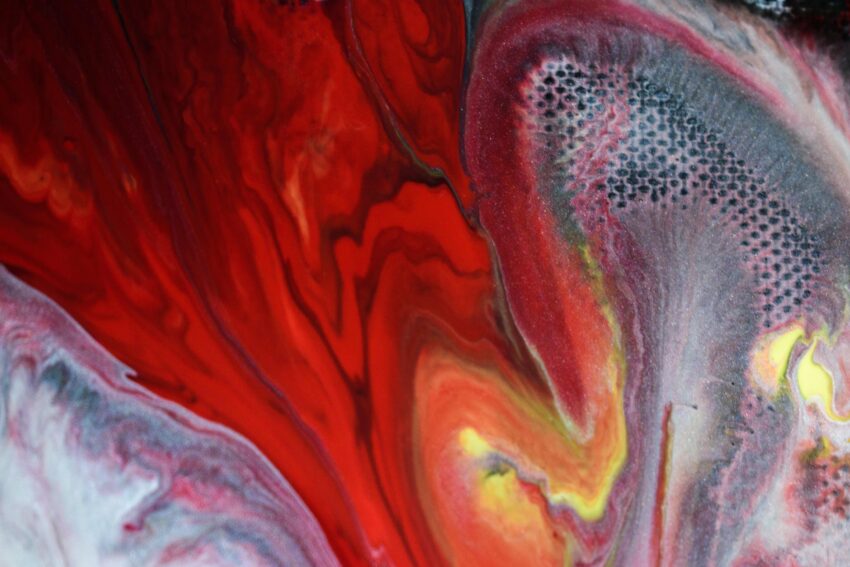The psychedelic art movement, a kaleidoscope of vibrant colors, majestic patterns, and mind-altering imageries, has deep roots in our society. Beyond its visually striking aesthetics, this form of artistic expression tells a narrative of cultural shifts, liberating ideologies, and evolving human perceptions. From the cores of counterculture to the modern realm of digital art, psychedelic art has emerged to be more than just a visual spectacle—it has become an irreplaceable module of cultural change.
The foundation of psychedelic art can be traced back to the beginning of the 20th century to the pioneering works of Surrealism. Artists like Salvador Dali and Max Ernst pushed the boundaries of artistic norms, paving the way for new forms of surrealistic expression that torqued reality into visions of a psychedelic dream. This symbolic exploration of the subconscious has since been a foundational aspect of the psychedelic aesthetics.
In the 1960s, the art form morphed into a potent symbol of counterculture, fueled by antiestablishment ideologies and a burgeoning fascination with altered states of consciousness. Psychedelic visuals began filtering into every aspect of society, from tie-dyed t-shirts to album covers, reflecting a societal shift towards ideation and rebellion against conformity. Much of this impact can be tangled with the growth of psychedelic music, where artists like the Grateful Dead and Pink Floyd utilized vibrant, surreal album artwork to echo their exploratory soundscapes.
Simultaneously, graphic design began to incorporate and experiment with psychedelic themes, making indelible marks on the advertising and fashion realms. Artists like Wes Wilson, known for his signature use of distorted, swirling fonts and vibrant colors, greatly influenced the advertising industry, creating an emotional resonance with the audiences that far exceeded conventional methods. This striking element of artistic experimentation furthers proves the influential reach of psychedelic art into diverse spheres of our culture.
Fast forward to the present digital era; the remarkable fusion of visionary art and technology has catapulted the psychedelic art movement into novel dimensions. Digital art platforms have revolutionized the way artists create and share their psychedelic experiences. This confluence of technology and art has allowed for more intriguing, hyper-realistic psychedelic artworks, expanding the genre’s reach and influence.
Moreover, psychedelic art bears a unique relationship with the human experience of spirituality and mysticism, often serving as visual representations of transcendental experiences or symbolic interpretations of complex psychological states. This spiritual underpinning has made psychedelic art a fascinating area of study in psychology and philosophy, with researchers exploring its potential therapeutic and empathetic impacts.
Despite its complex history and diverse applications, psychedelic art as a form of artistic expression continues to evolve and adapt, resonating with new audiences and revolutionizing new areas of culture. Its vivid demonstration of a dynamically shifting society, groundbreaking ideologies, and the mind-bending exploration of consciousness forms a crucial part of our cultural history and future.
In essence, the psychedelic art movement encapsulates a deep and profound theoretical exploration of human consciousness and social revolutions. Its colorful and fluid aesthetics have etched a significant impression on the cultural panorama. As this art form continues to evolve in the digital age, fueled by technological innovations, we can expect even more impressive and resounding impacts on our ever-evolving culture.
Mentioned sources:
Surrealism,
Psychedelic music,
Graphic design,
Visionary art,
Psychedelic aesthetics
